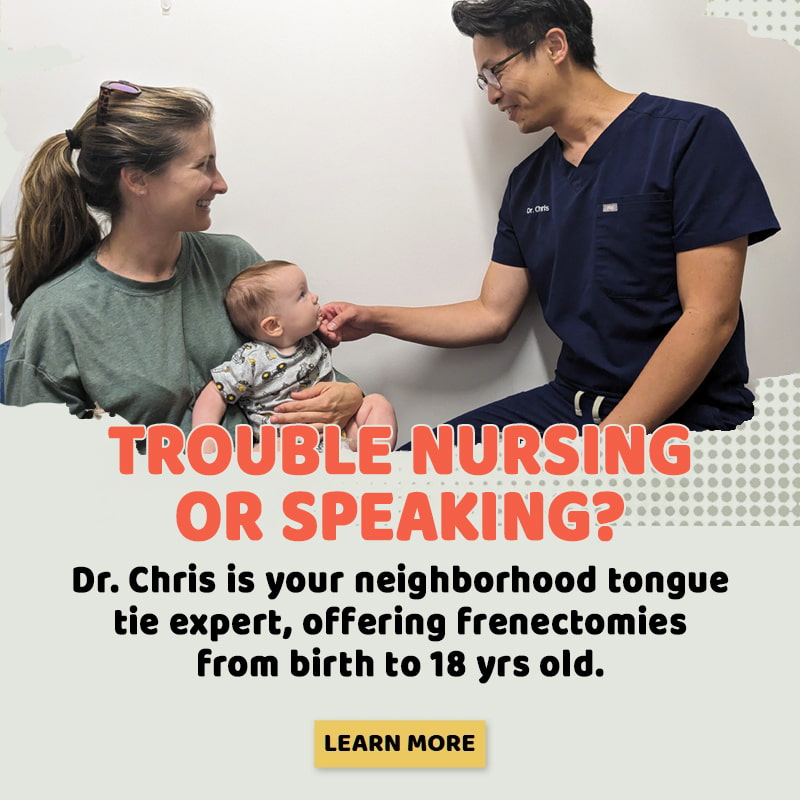Proper Use and Safety of Dental Amalgams
This is part two in a three-part series about Amalgams. If you missed the first one, about the surprisingly fascinating history of Amalgams, click here.
The proper use and safety of dental amalgams – when they should and should not be used for your child.
Dental Amalgams remain the best choice to fill dental caries in a number of circumstances. As a parent, you are probably concerned about what you have heard regarding amalgams, and want to be sure your child is safe from harm.
While it’s true that Composite material may be preferable in certain applications, there is still no composite that can withstand the repeated pressure and grinding that molars endure. Often, your child’s Pediatric Dentist will recommend the use of amalgams to fill caries in those teeth, particularly when the filling needs to be large.
Dental amalgams are made from a combination of materials that include silver, tin, mercury and copper. Today’s amalgams are similar to those used in the United States and Europe during the 1800’s, although the proportions of each metal have changed over the years.

Here are some of the advantages of Amalgams:
- Dental amalgams take less time to place. For children who have a difficult time staying still during treatment, they can reduce the time spent in the dreaded ‘chair’. This is especially helpful for children who have fear issues or those who may have special needs
- Amalgams harden quickly, making them useful in areas that can be difficult to keep dry, such as molars
- The amalgam material is much harder and more durable than composite materials. This means fewer replacement fillings, and better protection of teeth
- Amalgam fillings are more cost-effective for the patient
- On average, amalgams last 20% longer than composite fillings, especially on chewing surfaces or where large areas must be filled
Are they safe?
The American Academy of Pediatric Dentistry, U.S. Centers for Disease Control and Prevention, and the World Health Organization have each studied the long-term effects of dental amalgams and agree that they are a safe and effective material for use in filling cavities. Extensive research has proven that once the material has hardened, the mercury cannot ‘leak’ from the filling.
Here’s a link to a series of articles from trusted sources such as The Mayo Clinic, Autism Society of America, Alzheimer’s Association, and the New England Journal of Medicine, among others, which provide conclusions about the safety of dental amalgams from the latest research available.
Do you have more questions or concerns?
Your child’s Pediatric Dentist understands your concerns – after all, we all want the best for our children and do everything we can to ensure they enjoy a long and healthy life. Our job is far more than simply caring for your child’s teeth, and includes:
- Caring for your child’s immediate oral health needs
- Providing education and care to ensure a healthy smile for life
- Helping parents encourage their children to develop healthy brushing and flossing habits
- Openly and objectively embracing any questions or concerns of parents
- Discussing all options, including pros and cons, with parents prior to any procedure
- Cultivating a relationship with children and their parents based on confidence and trust
If you’d like more information on the proper use and safety of dental amalgams, talk with your child’s Pediatric Dentist to get the facts. She continually studies the most up-to-date research about all materials and procedures.
And, if you’d like to keep those fillings to a minimum, let us help you teach your child good oral health habits. We offer some great tools to get you started.
Stay tuned for the final article in this series on Amalgams , coming in July– the impact amalgams have on our environment, and how dentists keep the mercury (and other metals) out of our water supply














